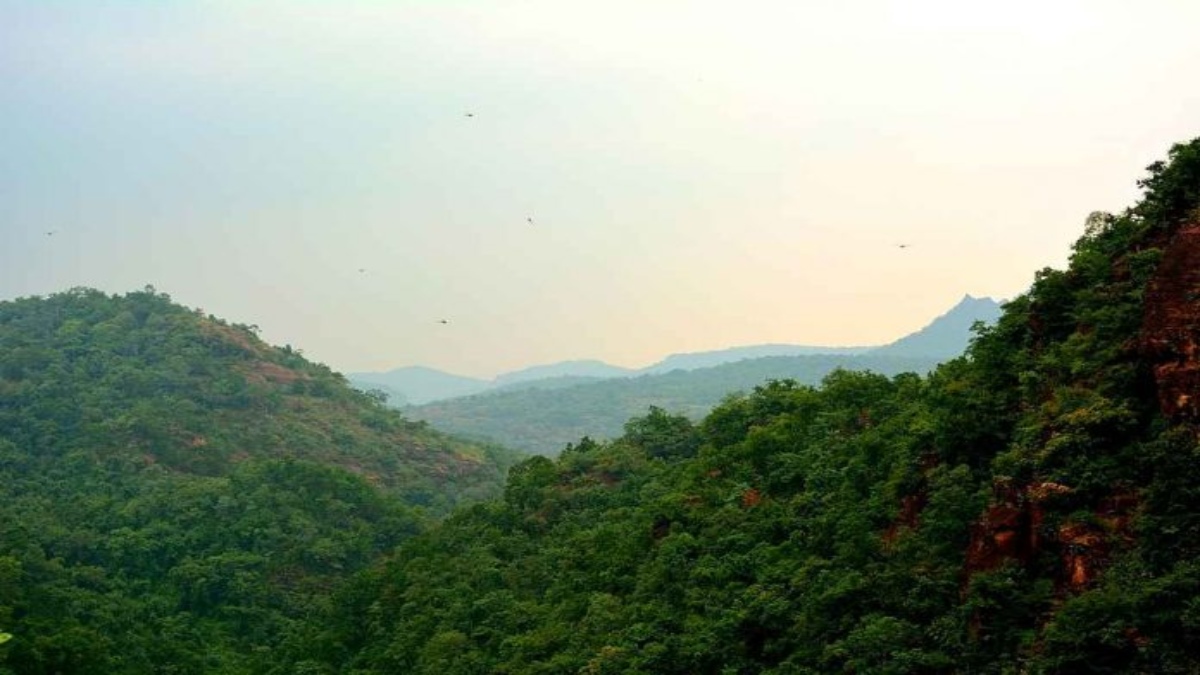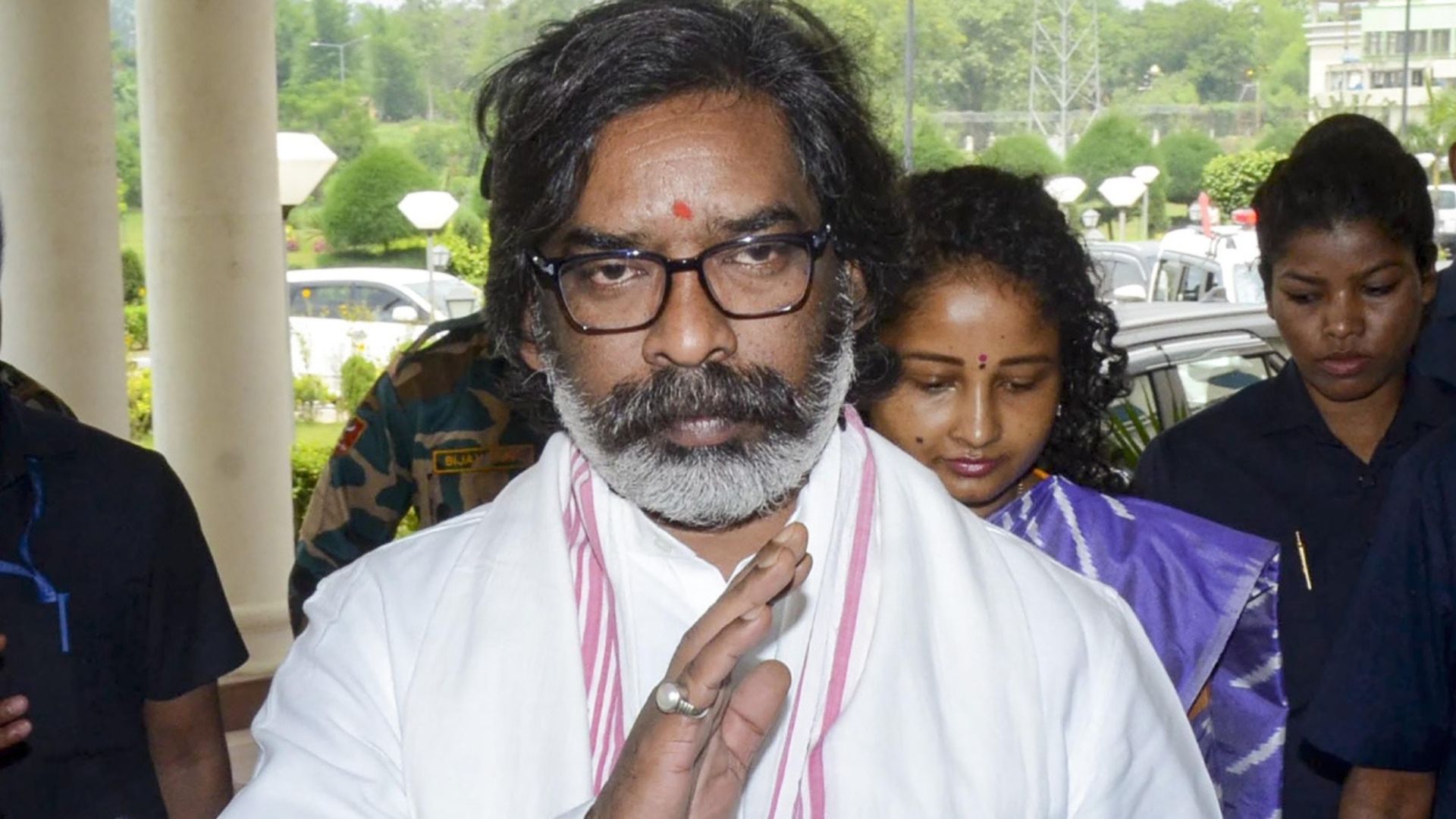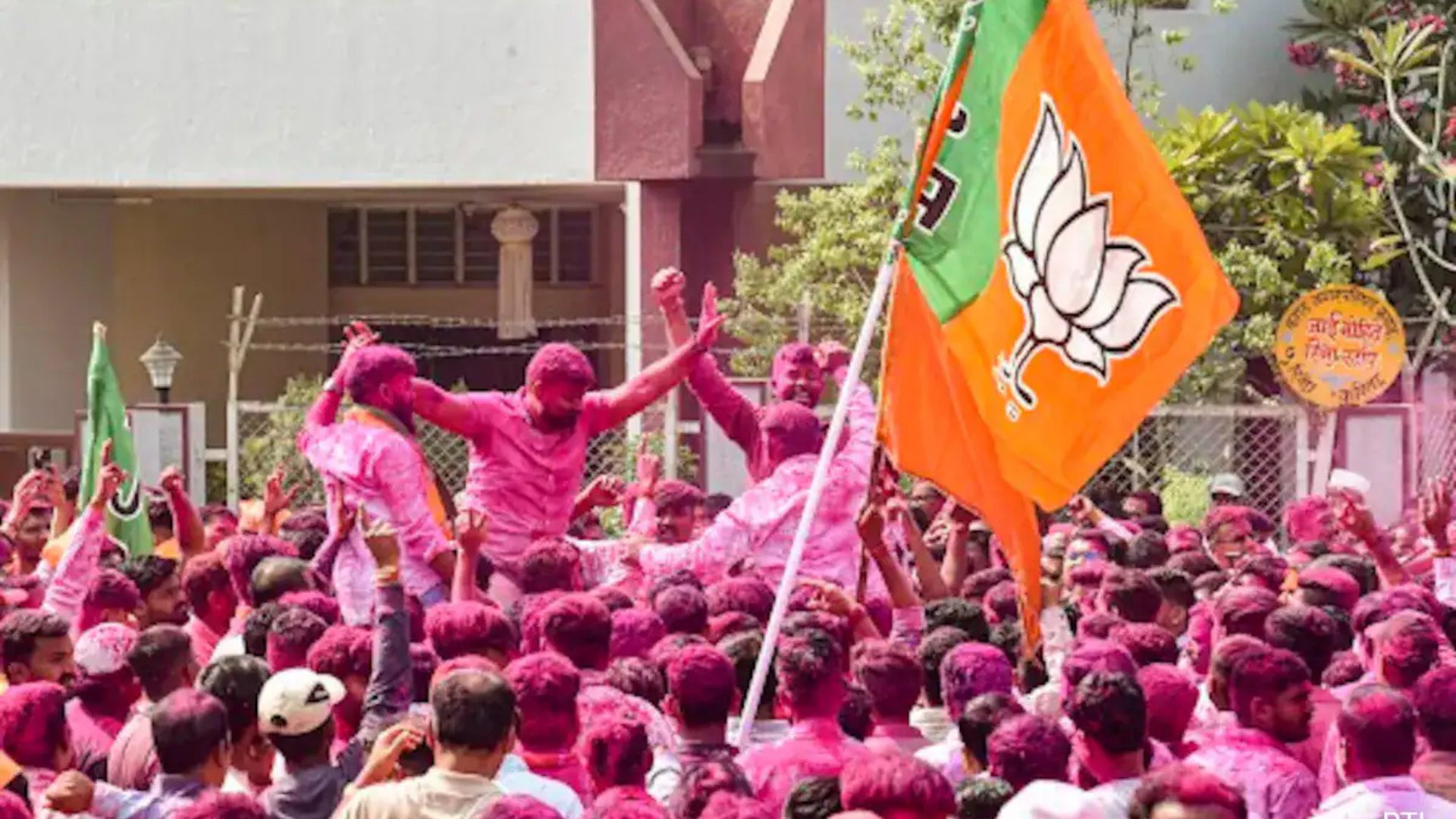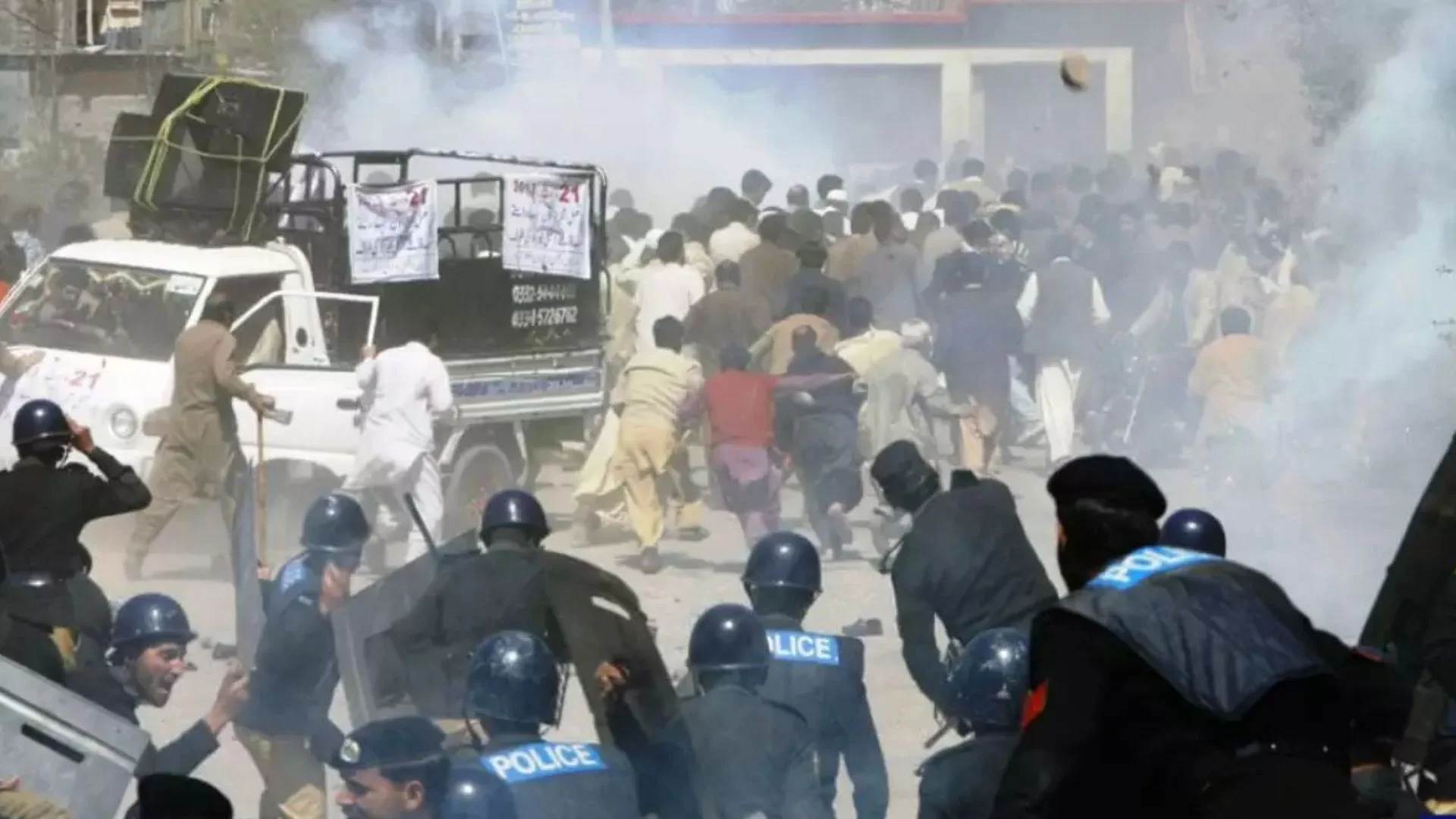
Nestled in the picturesque Satpura hills, Melghat epitomizes beauty. Chikhaldara and Dharni – two blocks of the Melghat subdivision of Amravati district in Maharashtra – with predominant forest cover, host an almost untouched core tiger reserve, and are home to Korku tribal population. However, on account of restrictive infrastructure development and cultural dissimilarity, the administration often finds difficulties in service delivery of government schemes.
Every year, many people migrate out from Melghat for livelihood. The migration begins post-Diwali in October end. People start returning in March for their favourite Holi festival, sometimes going back for two months only to return in June to sow their fields for Kharif crops.
When Dr. Mittali Sethi, a young and dynamic IAS officer took over as Project Officer of Integrated Tribal Development Project (ITDP), she made an attempt to understand the issues that beset this region with a view to addressing them. The key issue for consideration was that when someone migrates for nearly six months, the destination is as much their home as Melghat. But ‘the destination’ is not able to provide the protective net that their home village does. In Maharashtra, tribal areas get special schemes from the government – extra nutrition, special funds for infrastructure and much more. Was it possible to provide the same benefits to people who migrated?
This year, with the Covid-19 pandemic looming large, the single most important target was to give people work in their villages so that they don’t have to distress-migrate. Aided by system improvements by the state MREGS department, able and inspiring leadership of District Collector Shelesh Nawal, excellent field inputs from committed set of BDOs and Tehsildars, the Melghat team led by Dr. Mittali Sethi was able to generate the highest employment in the state for the year 2020-21. Both blocks together provided more than 61 lakh person-days employment in the year. This was around 9% of the State. and the highest in at least the past five years. Apart from generating employment, it was equally vital to improve asset quality and take up those works that helped build sustainable structures or systems for the village.
The challenges, to begin with, were not only the geography and inaccessibility but the multitude of stakeholders, agencies and departments that were to be brought together even to start planning. For example, many villages in Melghat are forest villages, and therefore, do not lend themselves to the traditional route of planning by revenue/development departments. For these, the forest department needs to be intricately involved. On the other hand, the Scheduled Tribes And Other Traditional Forest Dwellers (Recognition Of Forest Rights) Act, 2006 – simply called Forest Rights Act (FRA) – provides many villages with a Community Forest Right (CFR). CFR land generally comprises a forest compartment or a part of it that is managed by the village itself through a CFR Management Committee (CFRMC). For lack of technical expertise or collaboration, in many of these villages, CFR lands lie unused for years.
The idea was to converge these two problems and set up a system where both could complement each other and possibly, set up a virtuous cycle. The contention was that MREGS work provided in CFR areas would result not only in employment generation but also participatory action, more sustainable planning in years to come, and quite possibly, a local healthy climate ecosystem.
Thus began the pilot project with the Forest Department and Samaaj Pragati Sahyog (SPS) – an NGO that assisted technically all through the program and continues to do so. A beginning was made in eight villages with the training of stakeholders involving Forest Rights Committees of these villages by Range Forest Officers (RFO). SPS also took people for exposure visits to other districts/states so that they could see the best models in similar geographies. There were extensive Participatory Rural Appraisal (PRA) exercises, targets set for MREGS estimates and regular follow-ups through the SDO office.
It was a result of this regular follow up and monitoring that Sosokheda – one of the pilot villages – witnessed reverse migration this year. People who used to leave every year came back after getting calls from villagers about the availability of work. (Sosokheda village, which generates around 600 person-days yearly on average, provided more than 5500 person-days of work this year). In Bod village, work opened up for the first time in five years. However, the most important outcome was participation in action. Rangubeli – another pilot village – came together to do shramdaan (voluntary labour) for repairing their access road. In Sosokheda, the village decided to create large scale leaf pits to stop forest fires, and planted 5000 trees in their CFR land – the maintenance of which will not only give livelihood to its people but also flourish the pristine jungle around them. In a world predominantly affected by climate change, these local ecosystems have a lot to teach us.
Encouraged by the progress in this project, an attempt was made to establish convergence elsewhere. Infrastructural gap analysis was done. The idea was to plug such gaps. An excellent example was presented when Chikhaldara BDO converged the need to build a school’s compound wall, nursery garden, and school classrooms with MREGS estimates. Similarly, in Dharni, a village was taken up with no motorable road since independence under MREGS convergence. The road was funded by MREGS and the state scheme combined. This strategy provides multiple benefits. Many high cost (with high labour cost) projects that await funding lend themselves well to MREGS convergence as the scheme can pay labour costs. More importantly, however, people build their assets themselves bypassing contracts and therefore have a stake in the quality of work. The state MREGS department has been introducing additions to the scheme to make it more adaptable and flexible.
Holding of additional charge of Project Officer, ITDP enabled Dr. Mittali Sethi, to converge MREGS with a few Tribal department schemes too. A part of the scheme, therefore, was funded through MREGS and partly through ITDP (in other cases, other sources of funds – District Planning funds, MLA funds to name a few – were also used). The central point of this exercise was to plan with people – both ‘Planning’ and ‘People’ are extremely crucial and non-negotiable components of the approach.
Dr. Mittali Sethi and her committed team demonstrated that by taking all the stake holders into confidence and through convergence even very complex issues can be resolved and benefits of development projects delivered more effectively.
Anil Swarup has served as the head of the Project Monitoring Group, which is currently under the Prime Minister’s Offic. He has also served as Secretary, Ministry of Coal and Secretary, Ministry of School Education.















